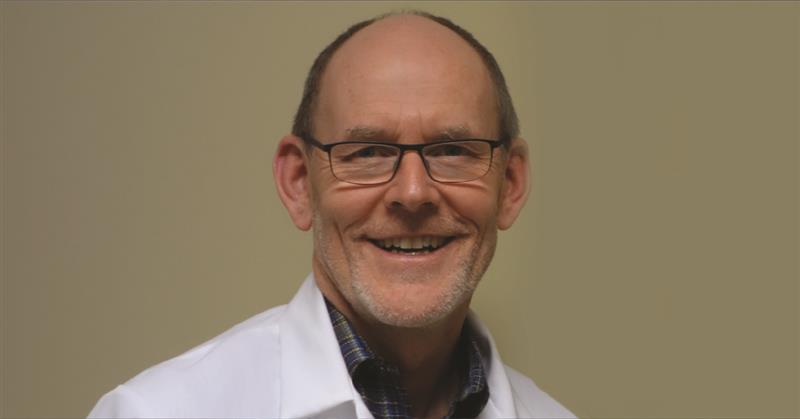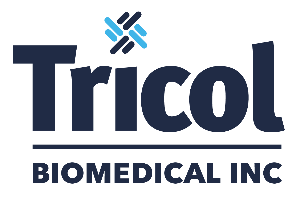Employee Spotlight: Dr. Simon McCarthy

Meet Dr. Simon McCarthy, Science and Technology Fellow at Tricol. This Q&A gives insight into why Simon joined the Tricol team and the important research he is doing in the field of Hemostasis.
Q: You are certainly a well-known, respected, and published scientist in the field of Hemostasis, no argument there. How did you first get involved in Hemostasis with HemCon?
A: I was hired by Oregon Medical Laser Center (OMLC), Providence Health System (PHS) in November 2000 in their U.S. Army-funded vascular replacement program as a senior scientist specializing in polymeric biomaterials. My main project was chain extension of recombinant human (rH), coacervated tropoelastin to human elastin for vascular replacement. As a side project, I assisted in developing a chitosan-based hemostatic dressing to control hemorrhagic bleeding on the battlefield. As it turned out, the tropoelastin project was stalled for various reasons, so I spent most of my time focused on the chitosan dressing and its testing. The changes I instituted in the chitosan dressing preparation resulted in a dramatic improvement in its overall performance. In quick succession, a new company (HemCon) was set up by Dr. Kenton Gregory & PHS, and I joined HemCon to oversee the development of this new technology.
Q: How has science progressed in your 20 years at HemCon and now Tricol, and how do you stay on top of it?
A: Science never sleeps–there is always some improvement or development occurring every second of every day. An interesting feature of chitosan science and technology is that the emergence of chitosan in medical device use occurred in the mid-1990s. This was driven by demand for an improved supply of pure and well-characterized chitosan from pharmaceutical and nutraceutical companies. It is essential to understand that chitosan is not one material; it is a generic name for thousands of different poly-N-acetyl-glucosamine materials whose properties depend on molecular size, amine functionality, and structure of the chitosan molecule. OMLC, HemCon, and now Tricol have kept pace with rapidly expanding medical use of chitosan materials in three ways:
- Early (2000 – 2003) realization of the importance of chitosan characterization & differentiation.
- Development & improvement of unique, proprietary HemCon chitosan materials.
- Cooperating with best in field scientific and medical institutions interested in exploring HemCon chitosan’s unique biomedical attributes.
Q: HemCon/Tricol has over 60 published pre-clinical and clinical studies. Why is that important in our field of Hemostasis? In other words, why have we done so many studies, and what are we trying to accomplish?
A: Good science applied to achieve significant solutions needs validation. We earn accepted and reliable validation by publishing the science and its outcomes in high-impact, peer-reviewed journals. Regulatory agencies, key opinion leaders, and customers take significant heed of these peer-reviewed publications. In the case of quality publications, it is generally considered the more, the better. Achieving quality publication can be extremely challenging. OMLC/HemCon/Tricol have performed very well over the last 20 years, with close to 3 significant publications per year.
Q: Any advice to young scientists that want to get involved in this industry?
A: Although you may not be paid the same rate as a lawyer or a doctor, there is less stress and plenty of professional satisfaction for the biomedical scientist seeking to make things better. You need to be disciplined and dedicated: the old adage of 99% perspiration for 1% inspiration applies to scientific endeavors. Be sharing and open with your findings. The best solution to any problem is determining the key questions to ask. Be inquisitive; be prepared to be surprised; and be humble as Mother Nature has much to teach. Science is a team endeavor, so do not be slow in asking for help, and be prepared to share any limelight that comes your way. Do not be deterred by failure, which is an essential part of the scientific process. Apply best scientific practice to be safe, effective & efficient. Be involved with local scientific organizations and be ready to volunteer to help others.

